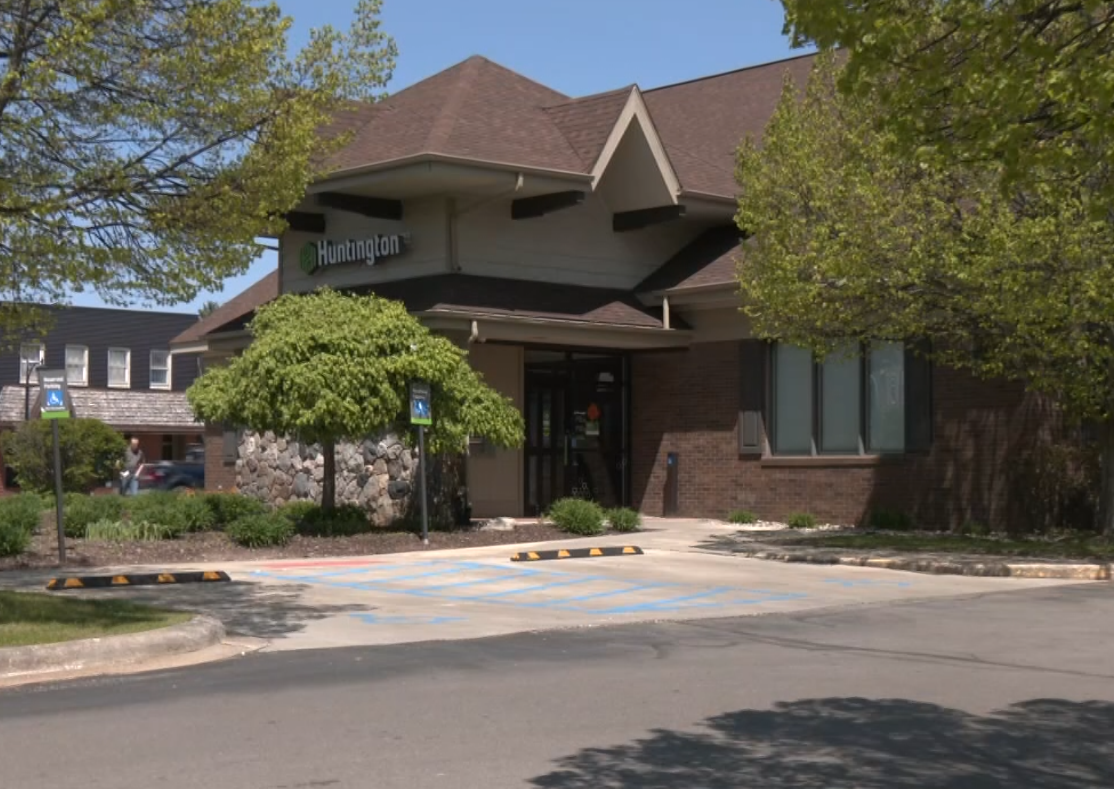Editor’s note: This story was originally published in 2023; we have updated the timely references.
Groundhog history
Did you know that Punxsutawney (puhnk-suh-TAW’-nee) Phil has been giving us a forecast for 137 years? Phil’s first forecast to determine when spring would arrive for the United States was on Feb. 2, 1887. Phil has been popping up from his burrow at Gobbler’s Knob in Punxsutawney, Pennsylvania, ever since.
The tradition was brought over by settlers from Germany. If a small rodent sees its shadow, there will be six more weeks of winter weather in store.
Why was Feb. 2 chosen for the groundhog to determine our weather fate? The day marks the halfway point between the winter solstice and the spring equinox.
If you’re wondering if you can trust Phil’s forecast, well, the National Oceanic and Atmospheric Administration says he has been right roughly 40% of the time.
He has had quite a mixed prediction history, from seeing his shadow at different times throughout the day, to encountering other animals wanting some attention.
The earliest time Phil saw his shadow was in 1931 at 12:27 a.m., likely from a full moon.
Just a few years later, in 1937, Phil had an unfortunate meeting with a skunk.
Data records throughout the years also recorded a variety of different weather conditions on Groundhog Day.
In 1971, he saw his shadow with an air temperature of 14° below zero! 35 years later in 2006, the temperature was 38° when he saw his shadow at 7:25 a.m.
Groundhog forecast
While Phil’s predictions are, on average, less than accurate, it is hard to forecast the arrival of spring-like weather for the entire U.S.
There are several different regions with their own climate normal. Here in Michigan, we are typically cloudy during the winter, keeping the chances for shadows lower.
And the chances of seeing his shadow? He has seen his shadow more times than not, meaning skies are presumably less cloudy for Pennsylvania.
Michigan Groundhog Day averages
Gaylord’s normal high temperature is 23° on Groundhog Day. The warmest temperature was 44° in 2022, and the coldest was in 1996 at 4°.
Big Rapids has an average high temperature of 28°. The record warmest was set in 1991 at 48°, and the coldest was in 1996 with a chilly 3°.
Sault Ste. Marie also averages in the lower 20s with an average high of 24°. The warmest temperature on Groundhog Day was in 1935 at 39°. The record lowest was -6° in 1917.
Much of Northern Michigan averages daytime temperatures in the 20s throughout February.


